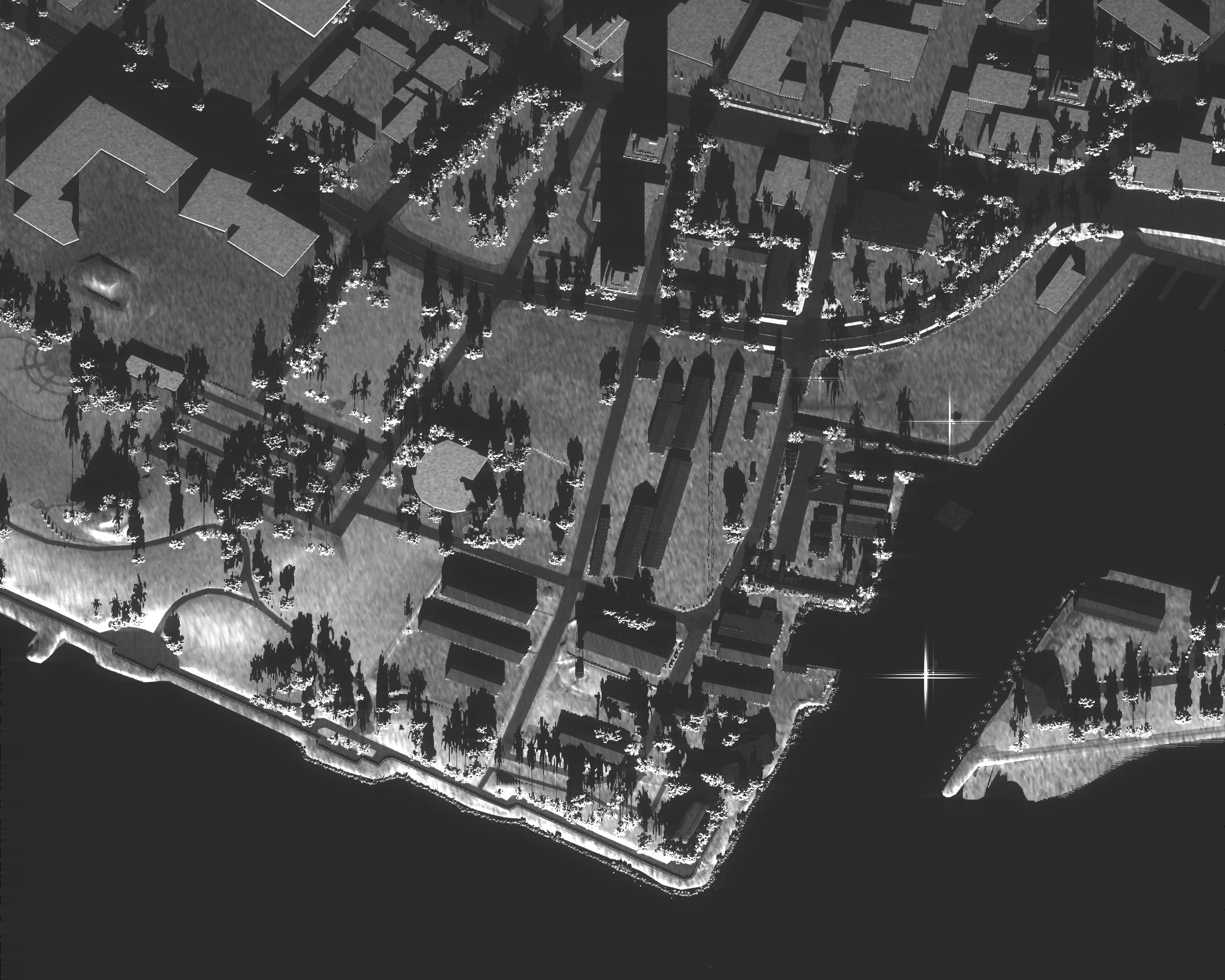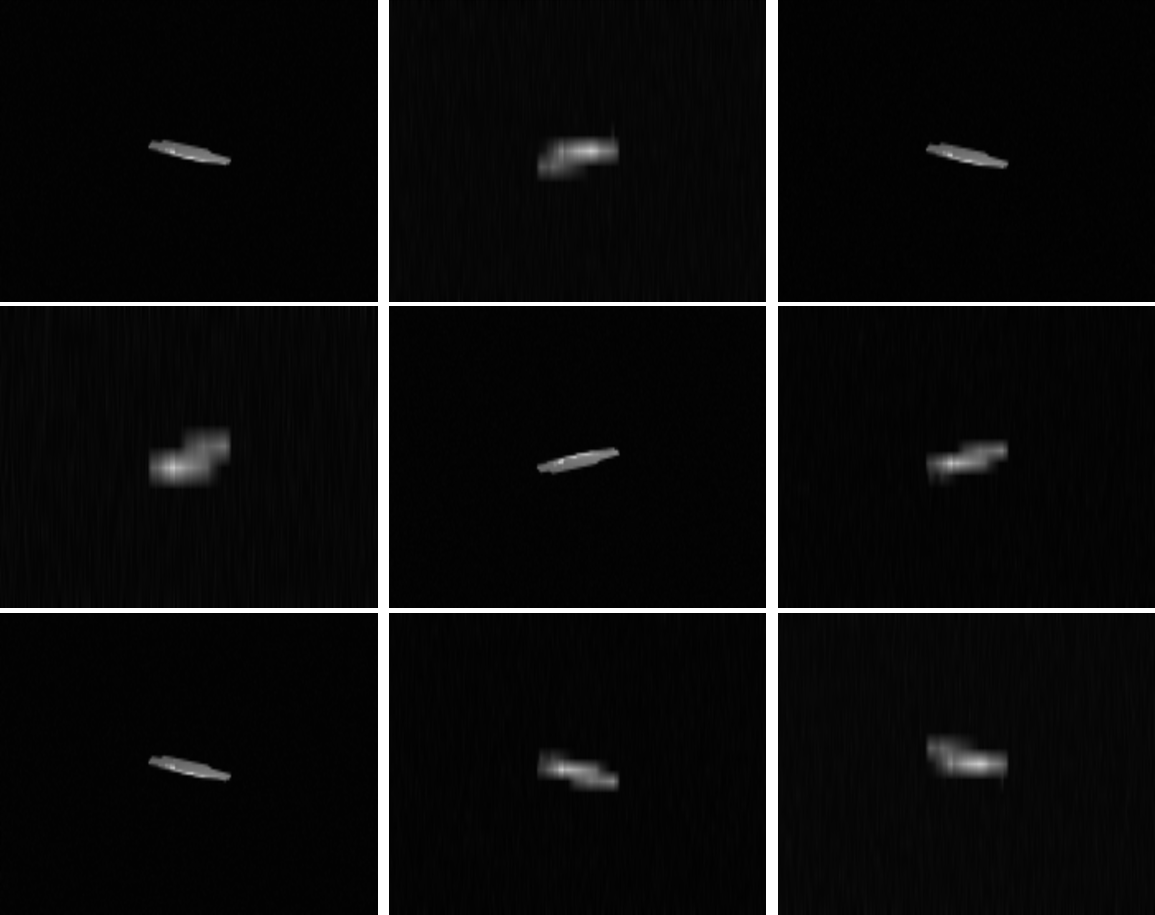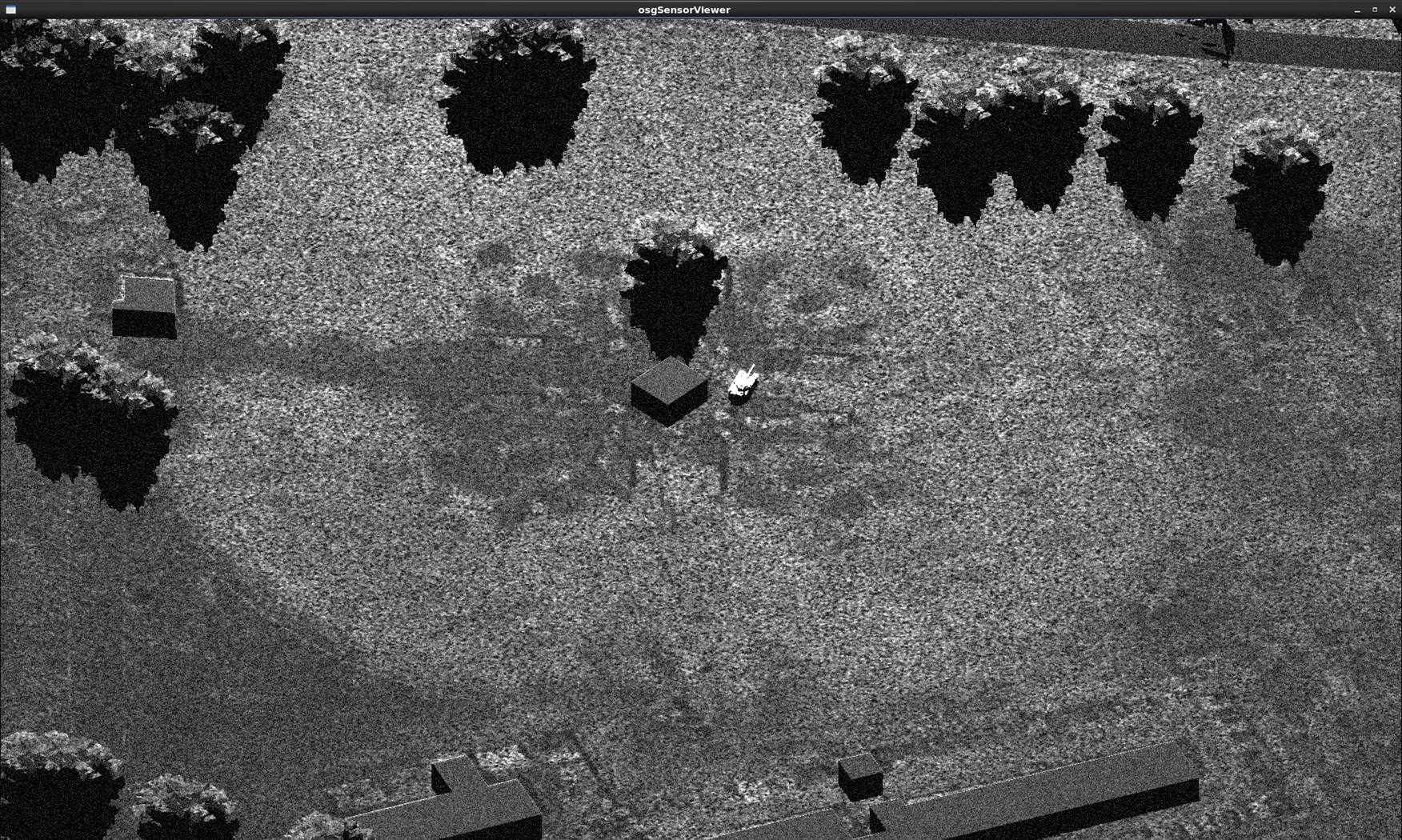 RadarFX SAR
RadarFX SAR
MAK ONE Synthetic Aperture Radar Simulation
Synthetic Aperture Radar, or SAR, is a side-looking radar system that uses the flight path of an airborne platform to simulate an extremely large antenna or aperture electronically, and from that generate high-resolution remote sensing imagery.

MAK ONE is the simulation platform of choice by governments and system integrators around the world as they join disparate simulations into common synthetic environments.
Explore how VR-Vantage fits into these systems by sliding through the illustrations below.
Learn More
Key Features
SAR Shadows
Leading edge brightness
Down-range/Cross-range resolution effects
RF path attenuation, atmospheric scattering, and absorption noise
Target radar cross-sections from imported RCS or FIELD files
Component scattering and coherent summation using Jones Matrix (for resonances and nulls) Polarization
Terrain areal RCS from Ulaby-Dobson parameters embedded in spectral material property files
Choice of gain distribution type and directivities, for transmitter and receiver separately
Sensor system noise as function of bandwidth and temperature
Doppler spatial effects
Development Options
Options for the development and customization of sensor enabled VR-Vantage applications are also available including a sensor development toolkit as well as a semi-automated material classification tool – GenesisMC.









